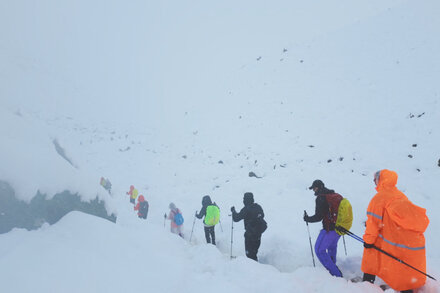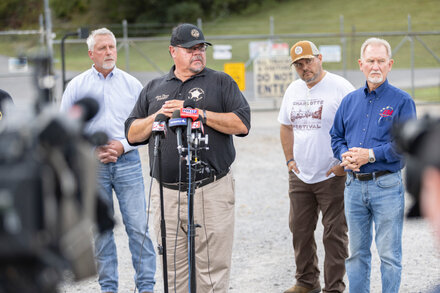A recent snowstorm on Mount Everest has reportedly left multiple climbers stranded at high altitudes, prompting urgent rescue operations amid treacherous conditions. This incident underscores the extreme perils faced by those attempting to summit the world’s highest peak.

A recent snowstorm on Mount Everest has reportedly left multiple climbers stranded at high altitudes, prompting concerns for their safety and initiating complex rescue operations. The incident underscores the extreme perils faced by those attempting to summit the world’s highest peak, where rapidly changing weather conditions can turn an ascent into a life-threatening ordeal.
Details regarding the exact number of stranded individuals and their precise locations remain fluid, but reports indicate that severe weather, including heavy snowfall and high winds, has significantly hampered both their descent and the efforts of rescue teams. Climbers often face a narrow window of favorable weather during the brief spring climbing season, and unexpected storms can trap them far above base camp, in what is commonly known as the “death zone” above 8,000 meters (26,000 feet).
Challenges of High-Altitude Rescue
Rescue operations on Mount Everest are among the most difficult and dangerous in the world. The extreme altitude limits the operational capabilities of helicopters, which can typically only reach up to Camp II or Camp III, depending on conditions. Above these points, rescue efforts rely heavily on experienced Sherpas and fellow climbers, who must navigate treacherous terrain, strong winds, and freezing temperatures while assisting individuals who may be suffering from acute mountain sickness (AMS), frostbite, or exhaustion.
“Every hour a climber spends stranded at extreme altitudes increases the risk of severe frostbite, hypothermia, and high-altitude cerebral or pulmonary edema,” explained a veteran mountaineering guide familiar with Everest operations. “Rescues here aren’t just about finding people; they’re about moving them safely through an environment that is constantly trying to kill you. It’s a race against time and the elements.”
Communication can also be a significant challenge, with satellite phones and radios sometimes failing in extreme weather. This often leads to delays in assessing the full scope of an emergency and coordinating responses. Expedition organizers and local authorities in Nepal are understood to be working closely to monitor the situation and deploy resources as conditions permit.
The Perilous Climbing Season
This incident comes during a climbing season that has already seen its share of challenges. The increasing number of permits issued in recent years has led to concerns about overcrowding on the mountain, potentially exacerbating bottlenecks on difficult sections like the Hillary Step, and increasing the risk during sudden weather changes. While most climbers are highly experienced, the mountain’s unpredictable nature means even the most prepared can fall victim to its dangers.
As rescue efforts continue, the mountaineering community watches with bated breath, hoping for the safe return of all those currently caught in the treacherous conditions of Mount Everest.
Source: Read the original article here.





